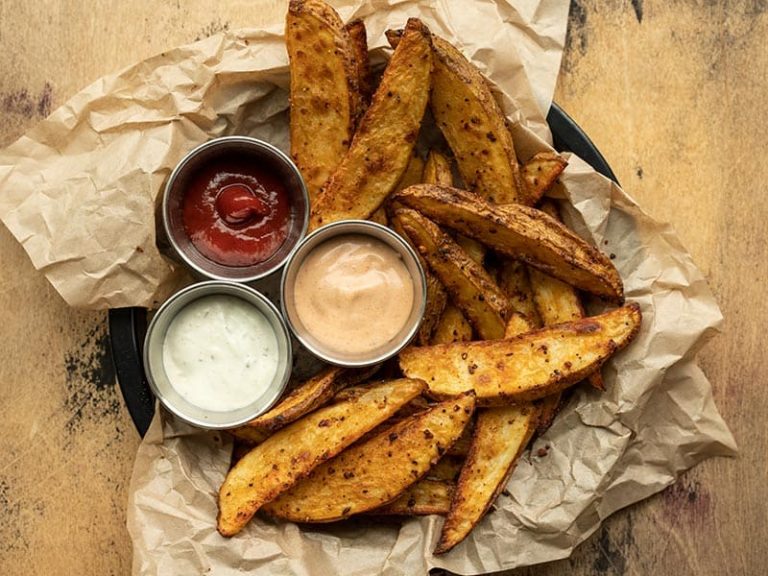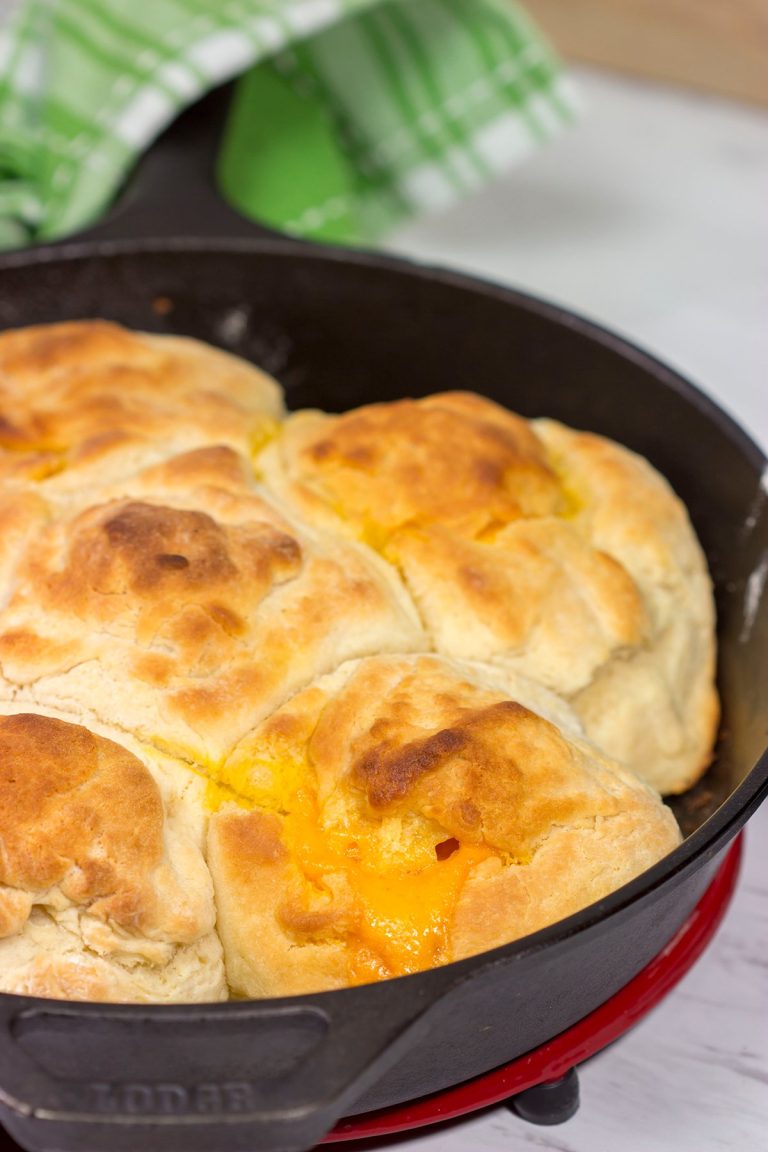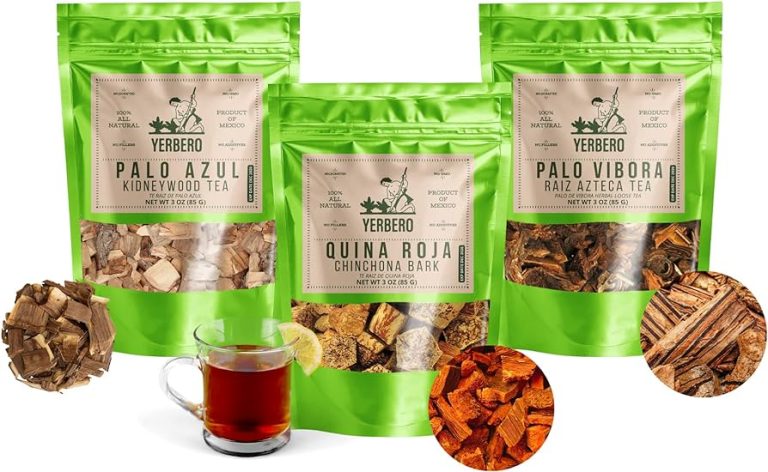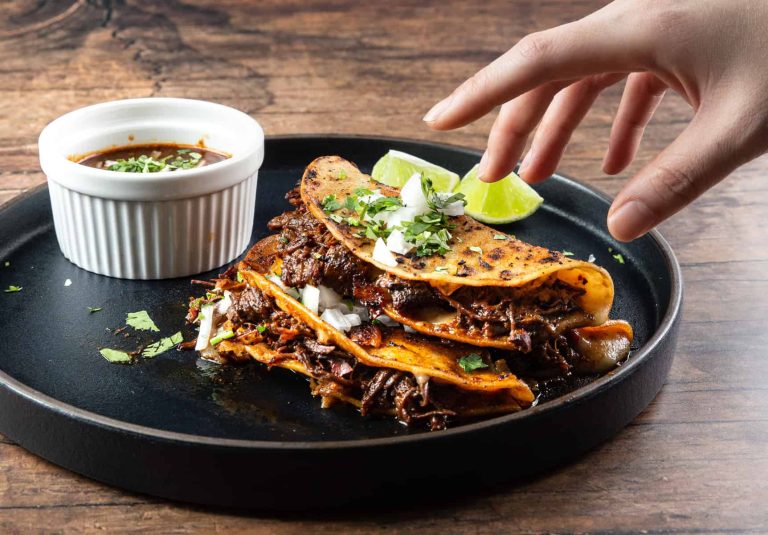Rhubarb Custard Pie: Tips and Common Mistakes
Rhubarb custard pie stands out due to its unique blend of tartness and sweetness. The rhubarb’s sharp flavor contrasts with the smooth, creamy custard, creating a balanced taste profile that pleases the palate. While many fruit pies rely on common fruits like apples or berries, rhubarb offers a distinctive alternative. This combination not only intrigues the taste buds but also delivers a refreshing change from traditional pie options. The textural contrast between the tender rhubarb chunks and the silky custard adds another layer of appeal.
Perennial Ingredient: Rhubarb
Rhubarb serves as the cornerstone of this pie, offering a perennial ingredient that thrives in colder climates. Rhubarb, often considered a vegetable, is used in desserts due to its tart flavor which complements sweet components. Rich in vitamins C and K, it provides nutritional benefits alongside its flavor profile. When harvested in the spring, the stalks are at their tenderest and most flavorful, making them ideal for baking. The pie utilizes rhubarb’s natural characteristics to create a dessert that’s both delightful and nutritious.
Origin and Cultural Significance
Historical Roots of Rhubarb in Cooking
Rhubarb has a long history in cooking, dating back to ancient China over 2,000 years ago. Initially valued for its medicinal properties, it became a culinary staple in Europe by the 18th century. Rhubarb was often used in stews and baked goods, valued for its tartness that balances sweet or savory dishes. Its migration to Western kitchens expanded its role in desserts, where it became a beloved ingredient for pies and tarts.
Rhubarb Custard Pie in American Cuisine
Rhubarb custard pie holds a nostalgic place in American cuisine, particularly in regions where rhubarb thrives, such as the northern United States. Brought by European settlers, rhubarb’s adaptability to colder climates made it a popular homegrown ingredient. Farming communities used it for various desserts, but rhubarb custard pie emerged as a favorite. Restaurants and home bakers alike appreciate its unique blend of flavors and textures, which has cemented it as a classic American dessert. The pie embodies Americana, deeply rooted in agricultural practices and familial traditions.
Essential Ingredients and Substitutions
Base Ingredients for the Perfect Pie
Creating the perfect rhubarb custard pie requires key ingredients that ensure the right balance of flavors and textures.
- Rhubarb: Use fresh, vibrant stalks for the best tart taste. If unavailable, frozen rhubarb works well.
- Sugar: Granulated sugar balances the tartness. Brown sugar offers a richer flavor.
- Eggs: Provide structure and richness to the custard. Large eggs are standard.
- Milk or Cream: Adds creaminess. For a richer filling, use heavy cream.
- Butter: Incorporate unsalted butter to enhance the flavor subtly.
- Flour: Essential for both the crust and as a thickening agent in the custard.
- Pie Crust: Opt for a homemade pastry crust or a high-quality store-bought version.
Healthy and Alternative Options
For those seeking healthier or alternative versions of rhubarb custard pie, several substitutions offer similar results without compromising taste.
- Sweeteners: Replace granulated sugar with honey, agave syrup, or stevia for a lower-calorie option.
- Dairy Alternatives: Use almond milk, soy milk, or coconut cream instead of traditional milk or cream.
- Egg Replacements: In vegan versions, substitute eggs with flaxseed or chia seed mixtures.
- Gluten-free Flour: Use almond flour, coconut flour, or a gluten-free baking blend for the crust and filling.
- Pie Crust Alternatives: A nut-based crust can offer a nutritious twist and added flavor.
These essential ingredients and substitutions ensure you can adapt rhubarb custard pie to your dietary preferences without sacrificing its classic taste.
Step-by-Step Preparation Guide
Preparing the Custard
To prepare the custard, start by whisking 3 large eggs in a mixing bowl. Add in 1 cup of sugar and continue whisking until the mixture turns pale yellow and thickens. Gradually incorporate 1 cup of milk or cream, ensuring it’s fully blended. Add 2 tablespoons of melted butter and 3 tablespoons of all-purpose flour, mixing until the entire custard is smooth and lump-free. Ensure the mixture is fully integrated before moving to the next step.
Perfecting the Pie Crust
For a perfect pie crust, begin by combining 1 1/4 cups of all-purpose flour and 1/4 teaspoon of salt in a large bowl. Cut in 1/2 cup of unsalted butter, chilled and diced, using a pastry cutter or fork until the mixture resembles coarse crumbs. Gradually add 2-3 tablespoons of ice water, one tablespoon at a time, mixing just until the dough begins to form a ball. Avoid overworking the dough to keep the crust flaky. Wrap the dough in plastic wrap and refrigerate for at least 30 minutes.
After chilling, roll out the dough on a lightly floured surface to fit a 9-inch pie dish. Place the dough in the dish, pressing it into the bottom and sides. Trim any excess dough, leaving about 1/2 inch overhanging the edge. Fold the overhanging dough under and crimp the edges to create a decorative rim. Pre-bake the crust at 375°F for 10 minutes, then let it cool before adding the custard and rhubarb filling.
Expert Tips and Common Mistakes
Tips for the Best Results
- Use Fresh Rhubarb: Ensure rhubarb stalks are crisp and brightly colored. Fresh rhubarb enhances the pie’s flavor.
- Preheat the Pie Crust: Bake the empty pie crust for a few minutes at 375°F. This process prevents a soggy bottom.
- Balance the Sweetness: Combine sugar gradually with the rhubarb. Taste as you go to avoid an overly sweet filling.
- Properly Mix Custard: Whisk eggs, milk, and sugar until the mixture is smooth. Strain if necessary to remove lumps.
- Bake Evenly: Use an oven thermometer to ensure even baking. Rotate the pie halfway through if areas bake unevenly.
- Check for Doneness: Insert a knife into the custard center. It’s done when the knife comes out clean.
- Skipping Refrigeration: Avoid skipping refrigeration time for the dough. Chill dough for at least 30 minutes for a tender crust.
- Overfilling the Crust: Prevent overfilling to avoid spillage. Measure the custard and rhubarb to fit the crust properly.
- Baking at High Temperatures: Avoid baking at high temperatures to prevent a burnt crust. Keep the temperature around 350°F.
- Neglecting Rhubarb Size: Ensure rhubarb pieces are uniform in size. Uneven pieces might lead to inconsistent texture.
- Forgetting Shielding Techniques: Use a pie shield or foil to protect the crust’s edges from burning.
- Ignoring Cooling Time: Allow the pie to cool completely before slicing. Cutting too soon creates a runny filling.
Each tip and mistake addresses specific aspects of preparing a rhubarb custard pie, enhancing both the flavor and the texture. Following these will ensure a perfect pie every time.
Conclusion
Creating the perfect rhubarb custard pie involves balancing flavors and mastering techniques. By following expert tips and avoiding common mistakes, you can ensure your pie has the ideal flavor and texture. Whether you’re a seasoned baker or a beginner, these insights will help you achieve a pie that’s both delicious and visually appealing. Enjoy the process and the delightful result of your homemade rhubarb custard pie.






